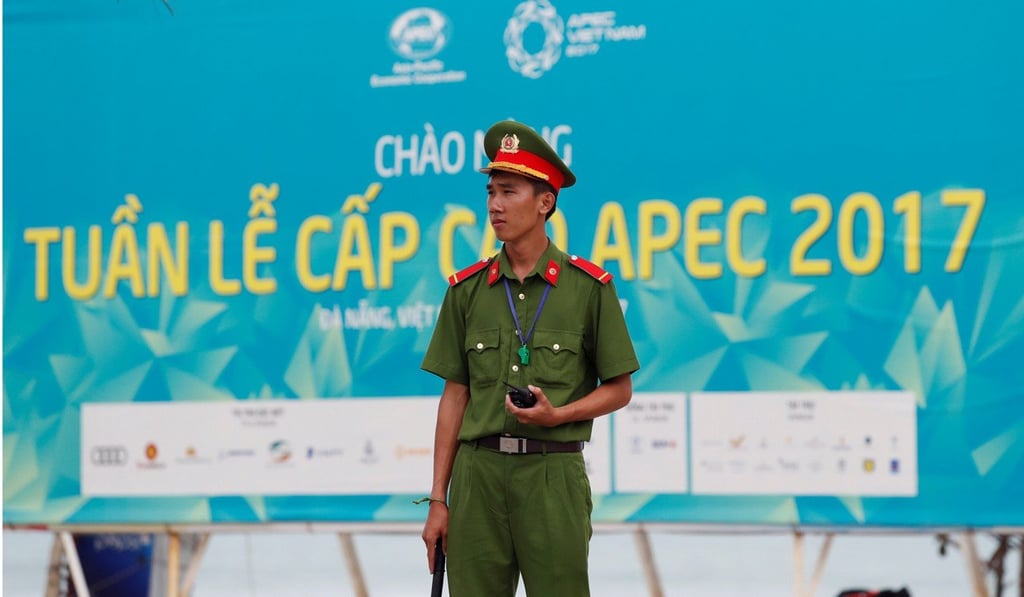Was Donald Trump’s fiery Apec speech a response to waning US influence in Asia-Pacific?
US president promised in Da Nang to always put America first, but experts say he knows better than to isolate such a key economic region

After an uncharacteristic show of diplomacy during his three days in Beijing, US President Donald Trump’s return to form at the Asia-Pacific Economic Cooperation summit in Vietnam on Friday was evidence of the tension that remains in the battle for dominance in the Asia-Pacific.
In a fiery and confrontational speech in Da Nang, Trump accused countries in the region of trade abuses that the US would no longer tolerate, and pledged to “always put America first”.
His tone was in sharp contrast to that of Chinese President Xi Jinping, who spoke after Trump and made no bones about his support for globalisation, saying the trend towards it was “irreversible”.
“Openness brings progress while self-seclusion leaves one behind,” Xi said.
Wary of the unfolding rivalry between the world’s two biggest economies, Asian nations have followed Trump’s first visit to China attentively, trying to decipher Beijing’s complex love-hate relationship with Washington and the personal interactions between Trump and Xi.
